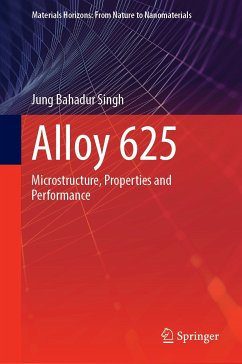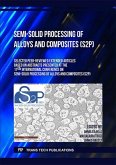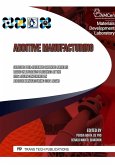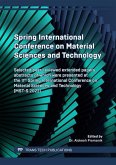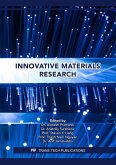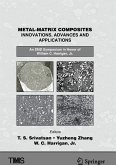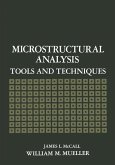This book gives a brief history of the development of Alloy 625 and a detailed account of its physical, mechanical, and corrosion properties. It also addresses different types of microstructural changes the Alloy 625 undergoes at intermediate temperatures; provides details of properties deterioration due to such microstructural changes; assesses the alloy damage during the in-service inspection of plants; and provides criteria for the damage evaluation for various destructive and non-destructive testing. It combines the industrial data and literature together in one place for damage assessment of service exposed Alloy 625 components. This book serves as a guide to practicing engineers in the industry interested in the use of Alloy 625 and in academia for students pursuing advanced courses in materials science. Alloy 625 is a versatile nickel-chromium-molybdenum alloy known for its unique combination of high strength, excellent fabricability and weldability, and outstanding corrosion resistance.
Dieser Download kann aus rechtlichen Gründen nur mit Rechnungsadresse in A, B, BG, CY, CZ, D, DK, EW, E, FIN, F, GR, HR, H, IRL, I, LT, L, LR, M, NL, PL, P, R, S, SLO, SK ausgeliefert werden.
Hinweis: Dieser Artikel kann nur an eine deutsche Lieferadresse ausgeliefert werden.

